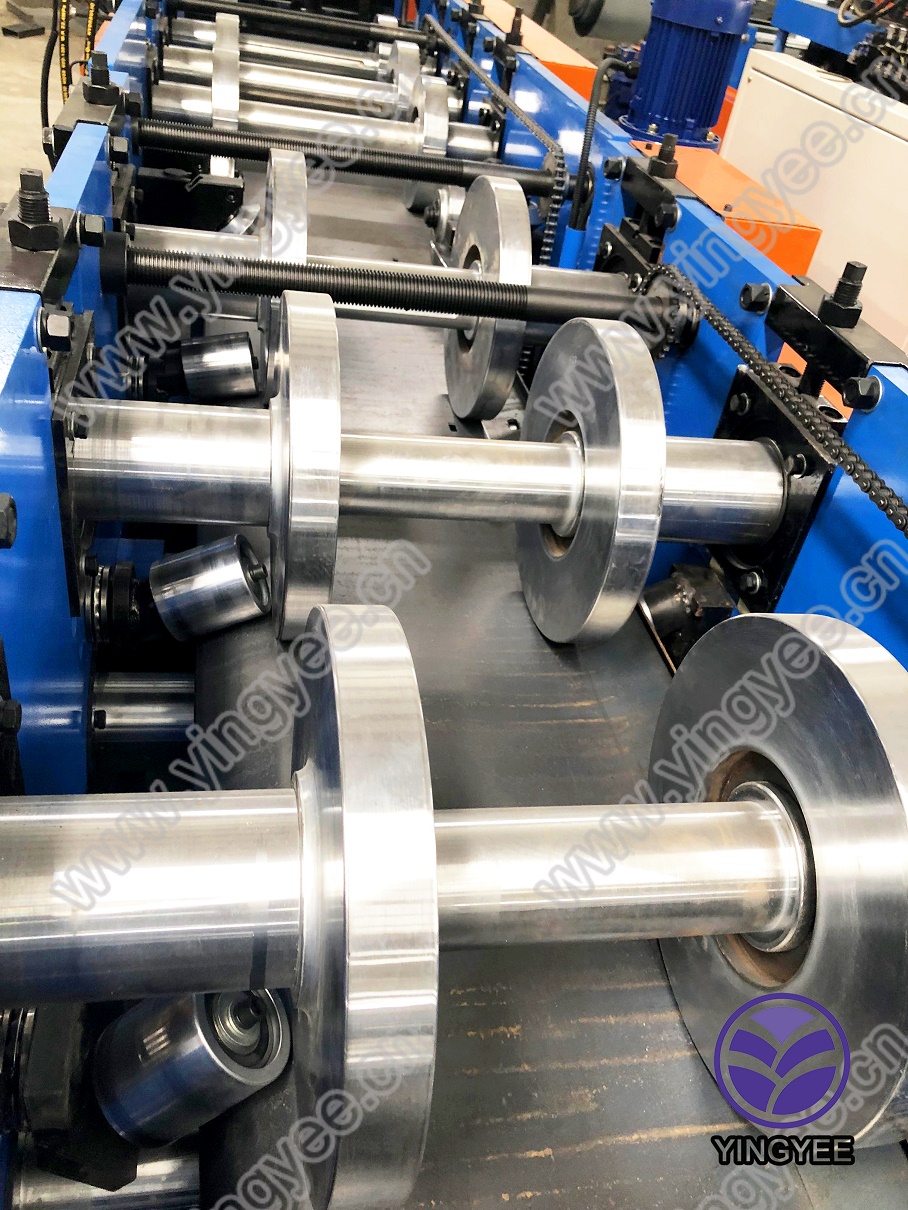
Steel Curving Unistrut Roll Forming Machine Revolutionizing Construction and Manufacturing
In the realm of modern construction and manufacturing, efficiency and precision are paramount. Among the array of innovative machinery designed to enhance these qualities, the Steel Curving Unistrut Roll Forming Machine has emerged as a game-changer. This technologically advanced equipment not only streamlines the production process but also improves the quality and versatility of the components being manufactured.
What is a Steel Curving Unistrut Roll Forming Machine?
A Steel Curving Unistrut Roll Forming Machine is a specialized piece of equipment used to shape steel materials into various profiles, particularly unistrut. Unistrut, also known as channel systems, are support structures used extensively in building, electrical, and mechanical installations. The roll forming process involves feeding a flat strip of steel through a series of rollers that progressively shape the material into the desired profile.
This machine is capable of not only producing straight unistrut but also curving them to meet specific design requirements. The ability to curve steel strips significantly broadens their applications, allowing designers and builders to create more complex and aesthetically pleasing structures.
Benefits of Using a Steel Curving Unistrut Roll Forming Machine
1. Enhanced Design Flexibility One of the most significant advantages of using a curving roll forming machine is the flexibility it offers in design. Architects and engineers can now implement more intricate designs that feature curved unistruts, enhancing the overall aesthetic appeal of their projects.
2. Increased Production Efficiency The roll forming process is known for its high-speed production capabilities. The Steel Curving Unistrut Roll Forming Machine can produce a large volume of curved unistruts in a relatively short time, significantly reducing lead times and improving productivity.

3. Cost Savings By minimizing waste and reducing the time required for manufacturing, companies can achieve significant cost savings. The efficiency of the roll forming process ensures that material costs are kept in check, while the speed of production allows for quicker turnaround times.
4. Consistent Quality The automated nature of roll forming machines ensures that each unistrut produced meets consistent quality standards. This uniformity reduces the likelihood of defects and variations, which can lead to costly rework and delays in project completion.
5. Versatile Applications Curved unistruts are essential in various applications, including brackets for HVAC systems, support structures for solar panels, and frameworks for signage. The flexibility of the Steel Curving Unistrut Roll Forming Machine allows manufacturers to serve a wide range of industries, increasing their market reach.
The Future of Construction with Roll Forming Technology
As the demand for innovative construction solutions continues to rise, the importance of advanced machinery like the Steel Curving Unistrut Roll Forming Machine cannot be overstated. The construction industry is evolving, with an increasing focus on sustainability, energy efficiency, and aesthetic appeal. The ability to produce customized components quickly and cost-effectively will play a critical role in meeting these demands.
Moreover, the integration of smart technology into roll forming machines is on the horizon. Future advancements may include automated adjustments for different profiles, enhanced monitoring systems, and even artificial intelligence to predict and optimize production processes. These innovations will further enhance the capabilities of the Steel Curving Unistrut Roll Forming Machine, making it an indispensable asset in modern manufacturing.
Conclusion
In conclusion, the Steel Curving Unistrut Roll Forming Machine represents a significant advancement in the domain of steel fabrication. With its ability to produce high-quality, curved unistruts efficiently, it has transformed not only manufacturing processes but also the potential for architectural design. As the construction industry continues to evolve, such machines will remain at the forefront, pushing the boundaries of what is possible and helping to build the structures of tomorrow. Embracing these technologies will be essential for companies aiming to stay competitive in an increasingly demanding market.